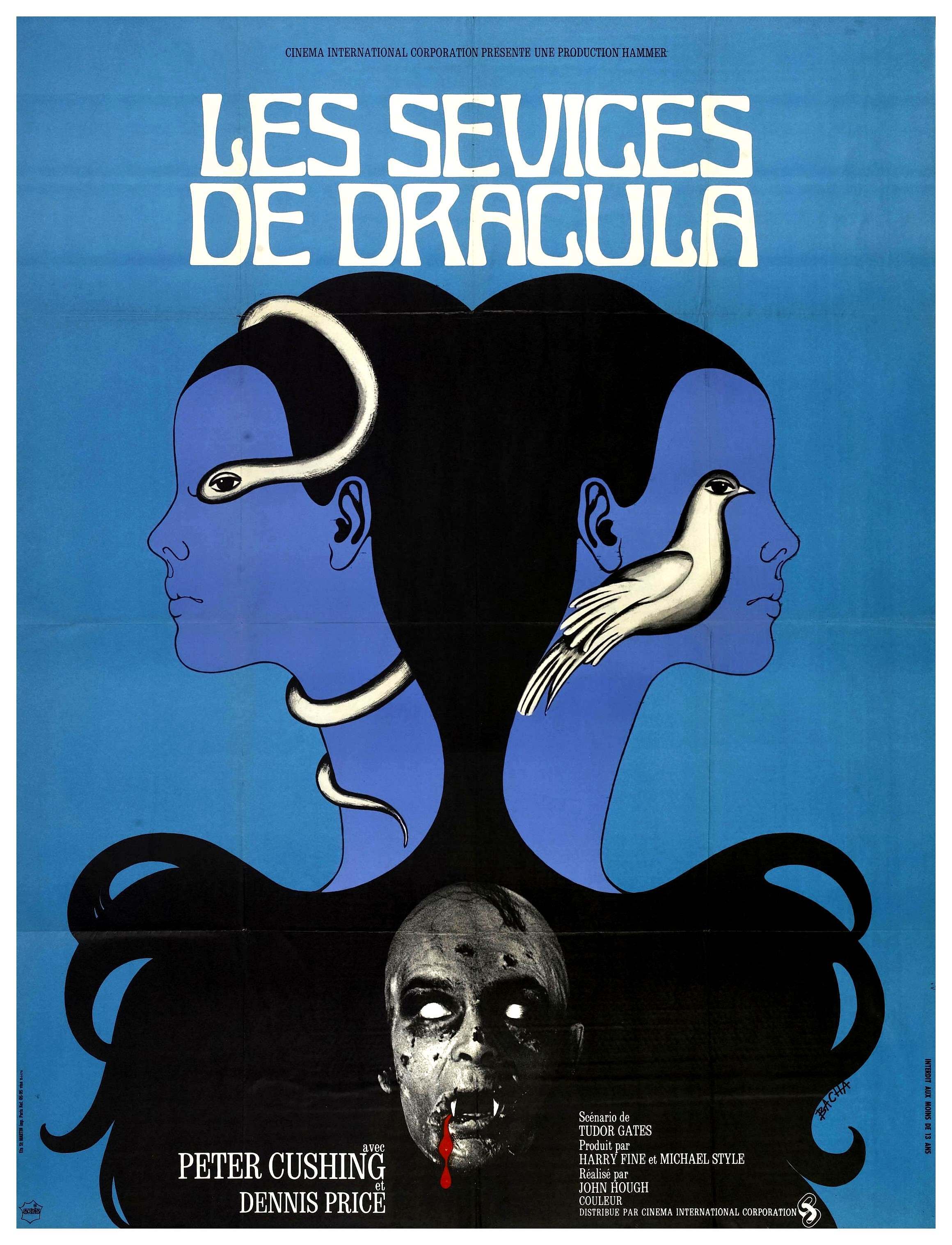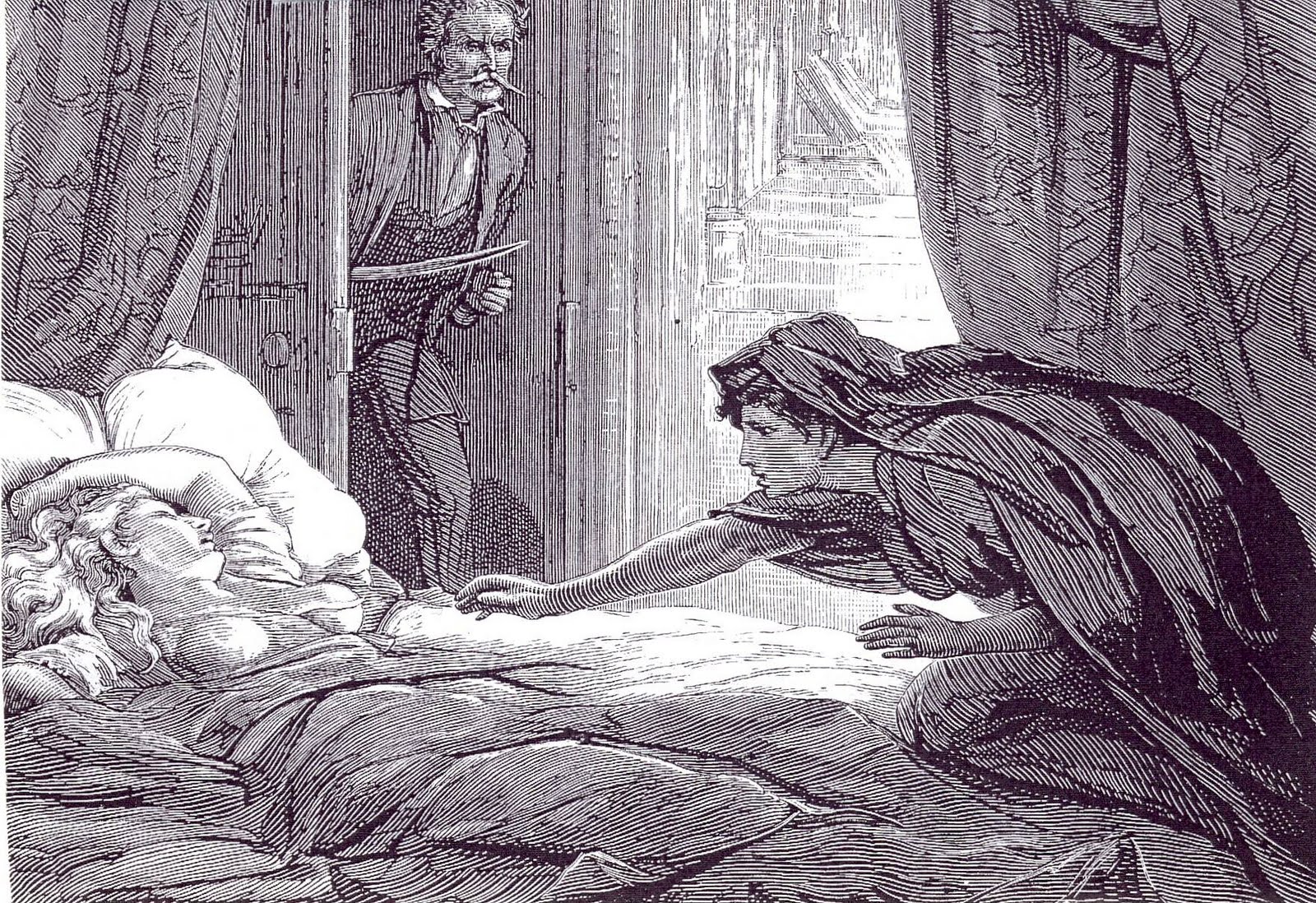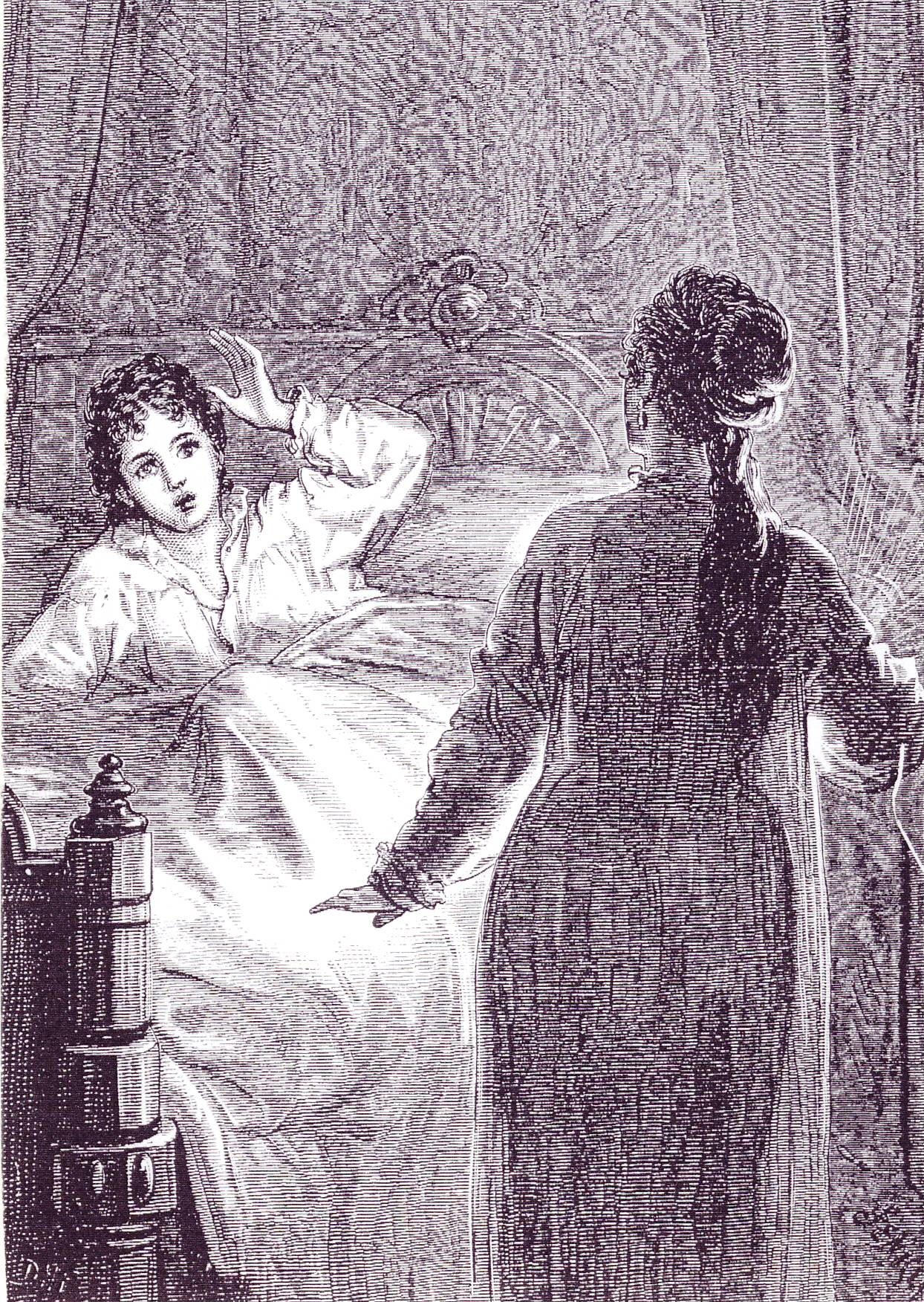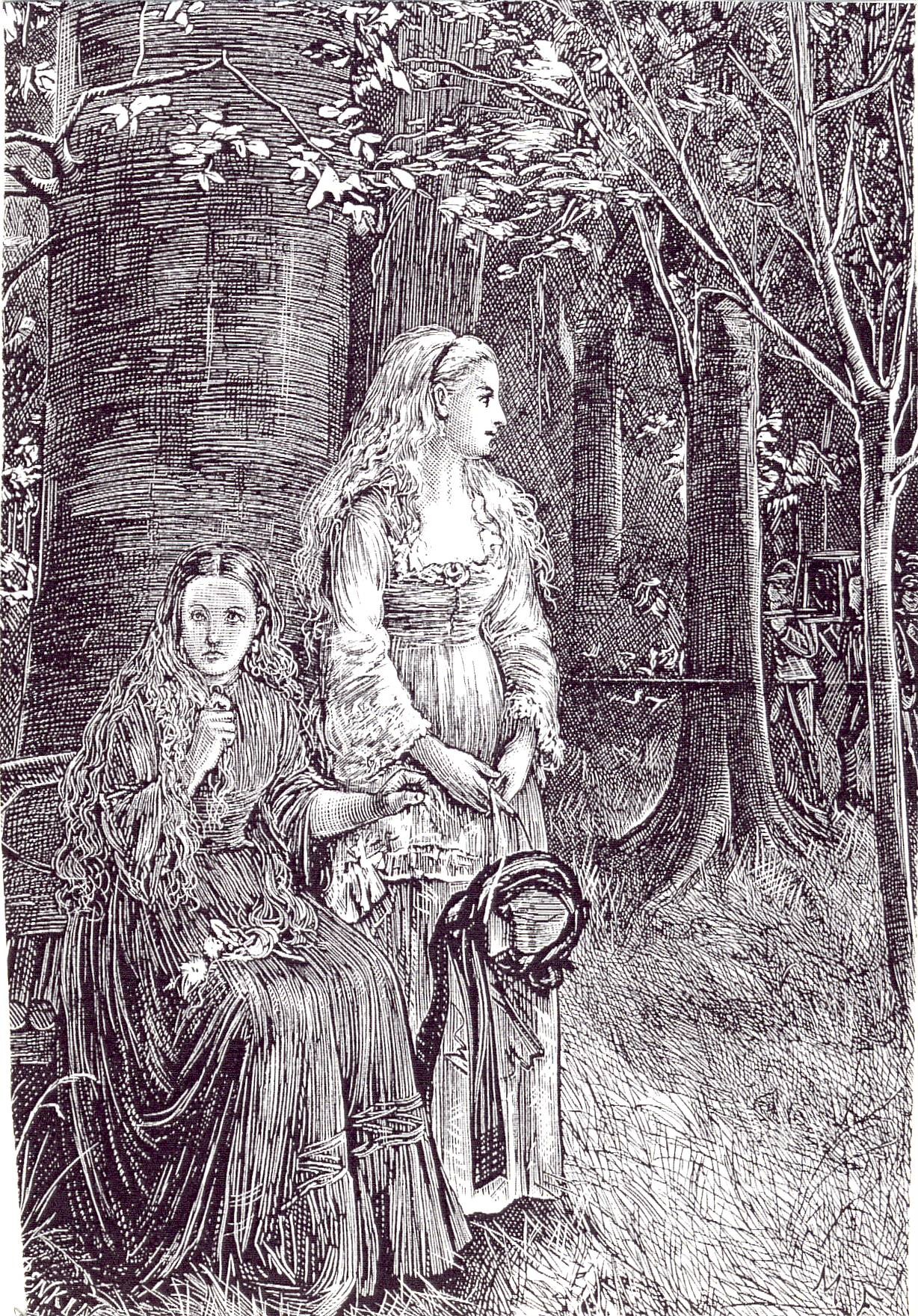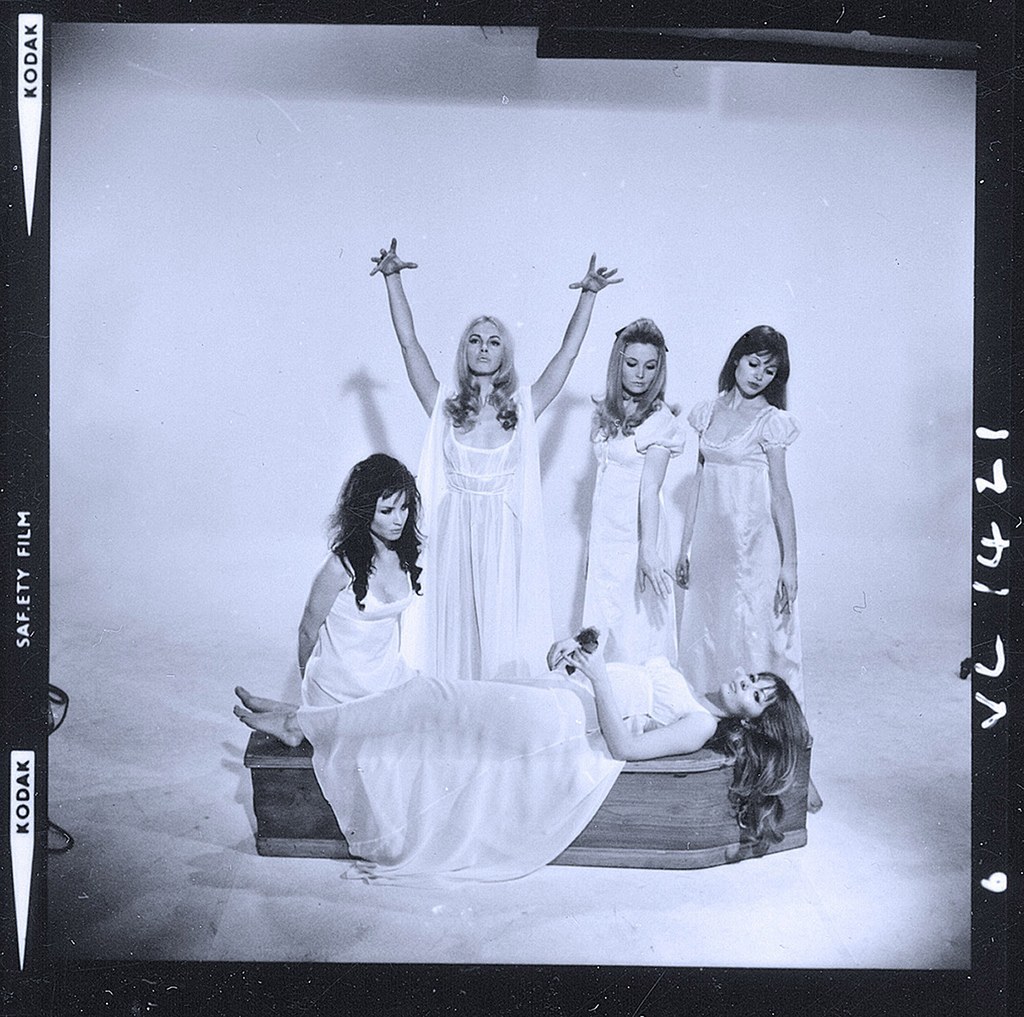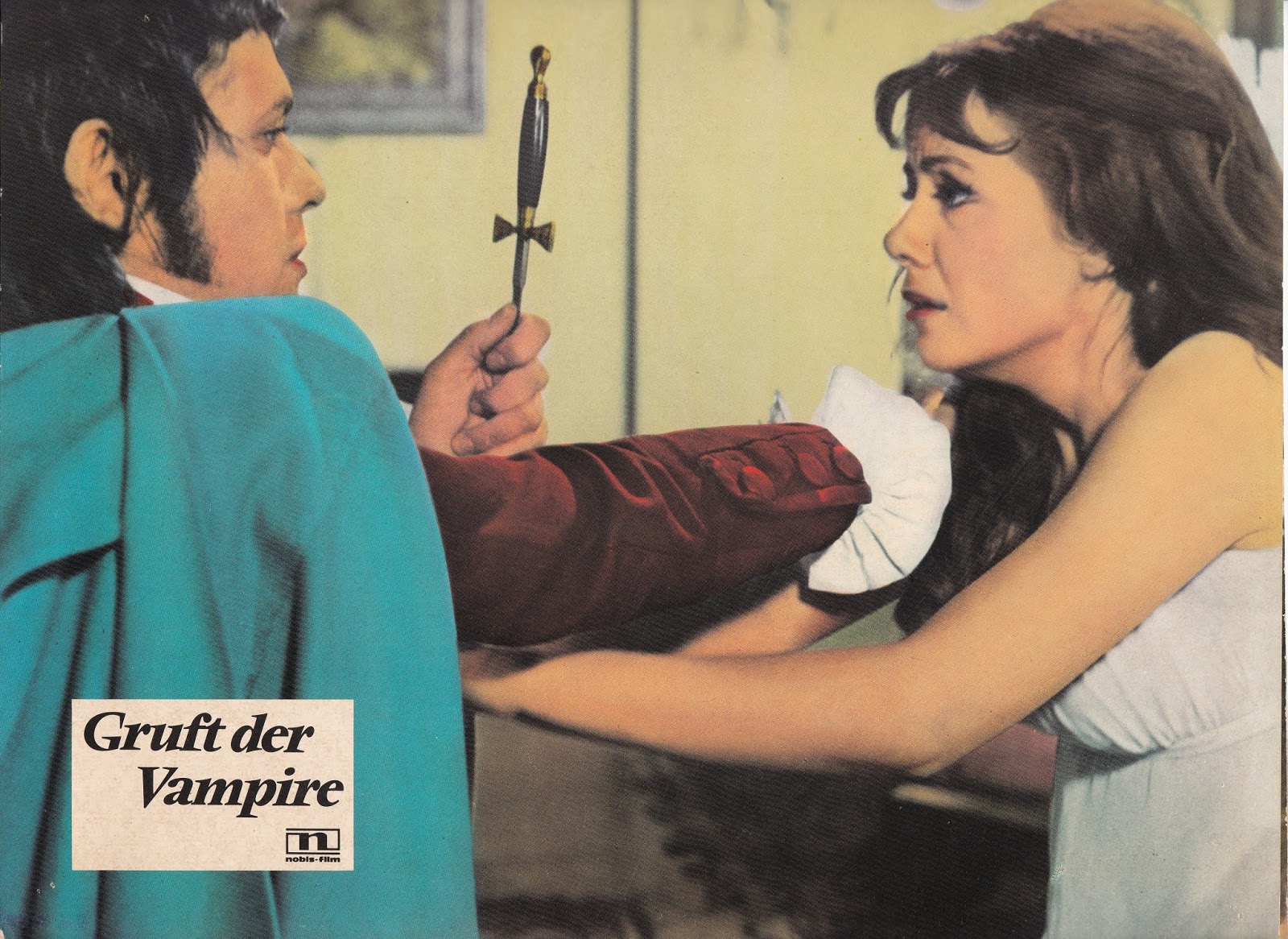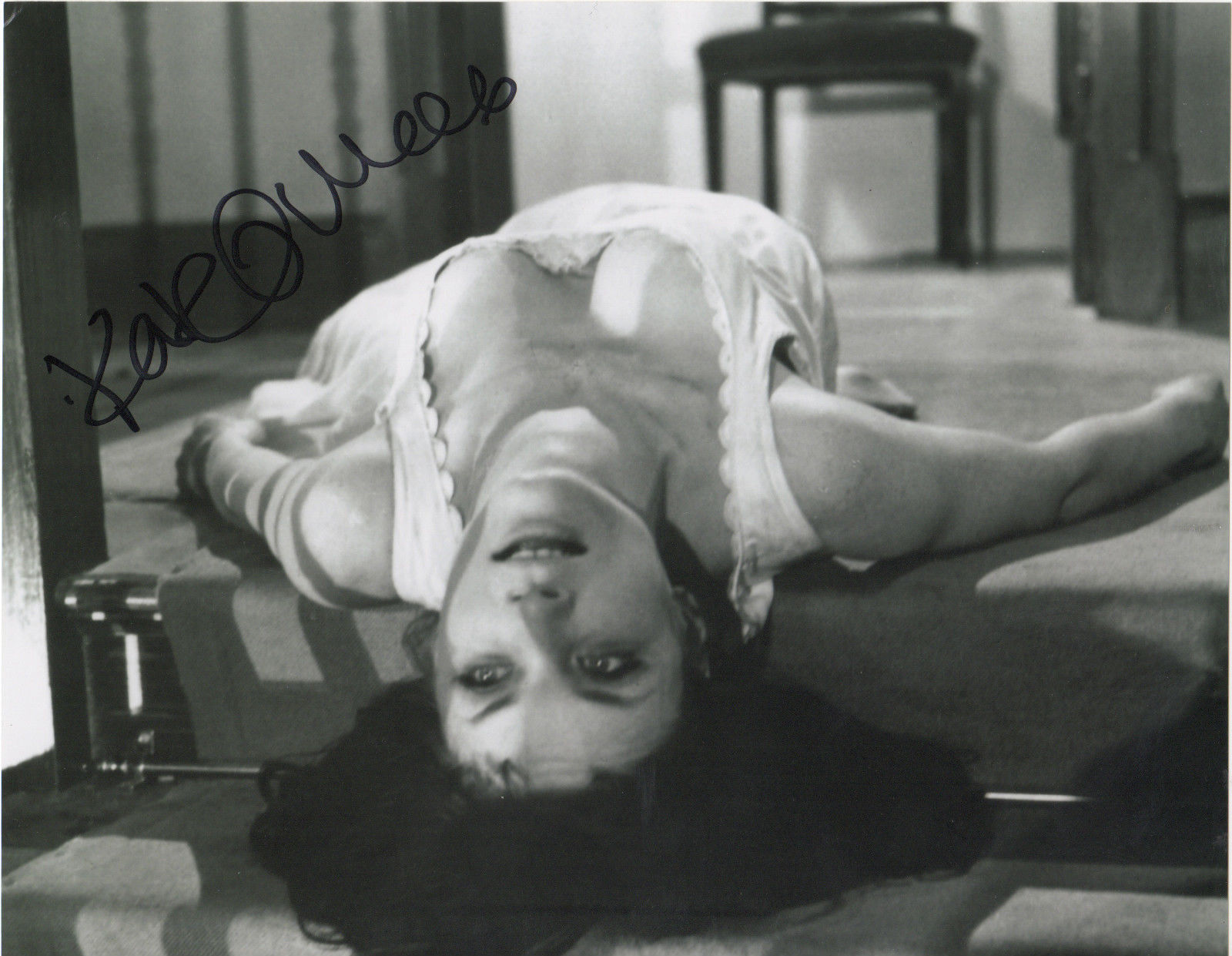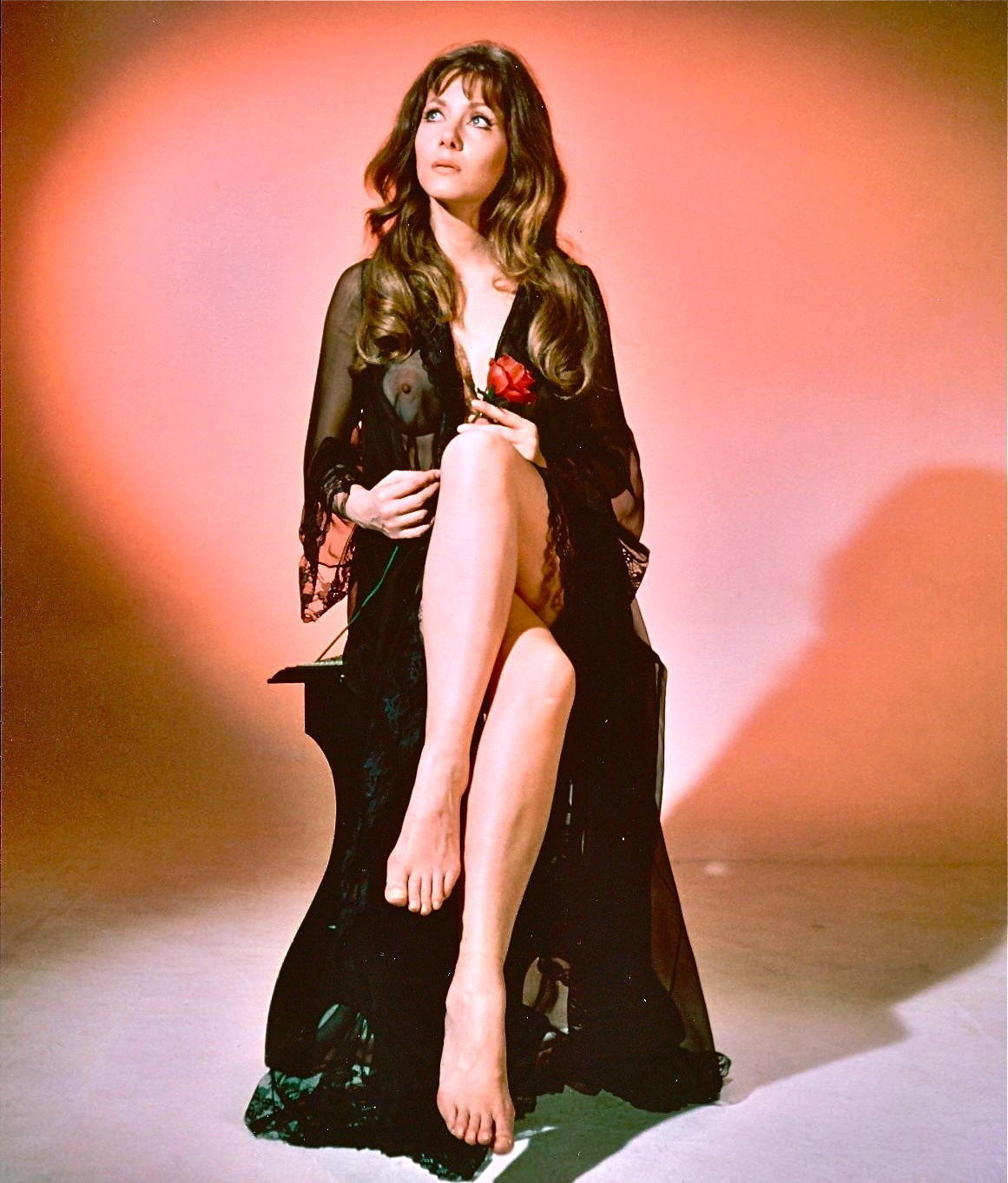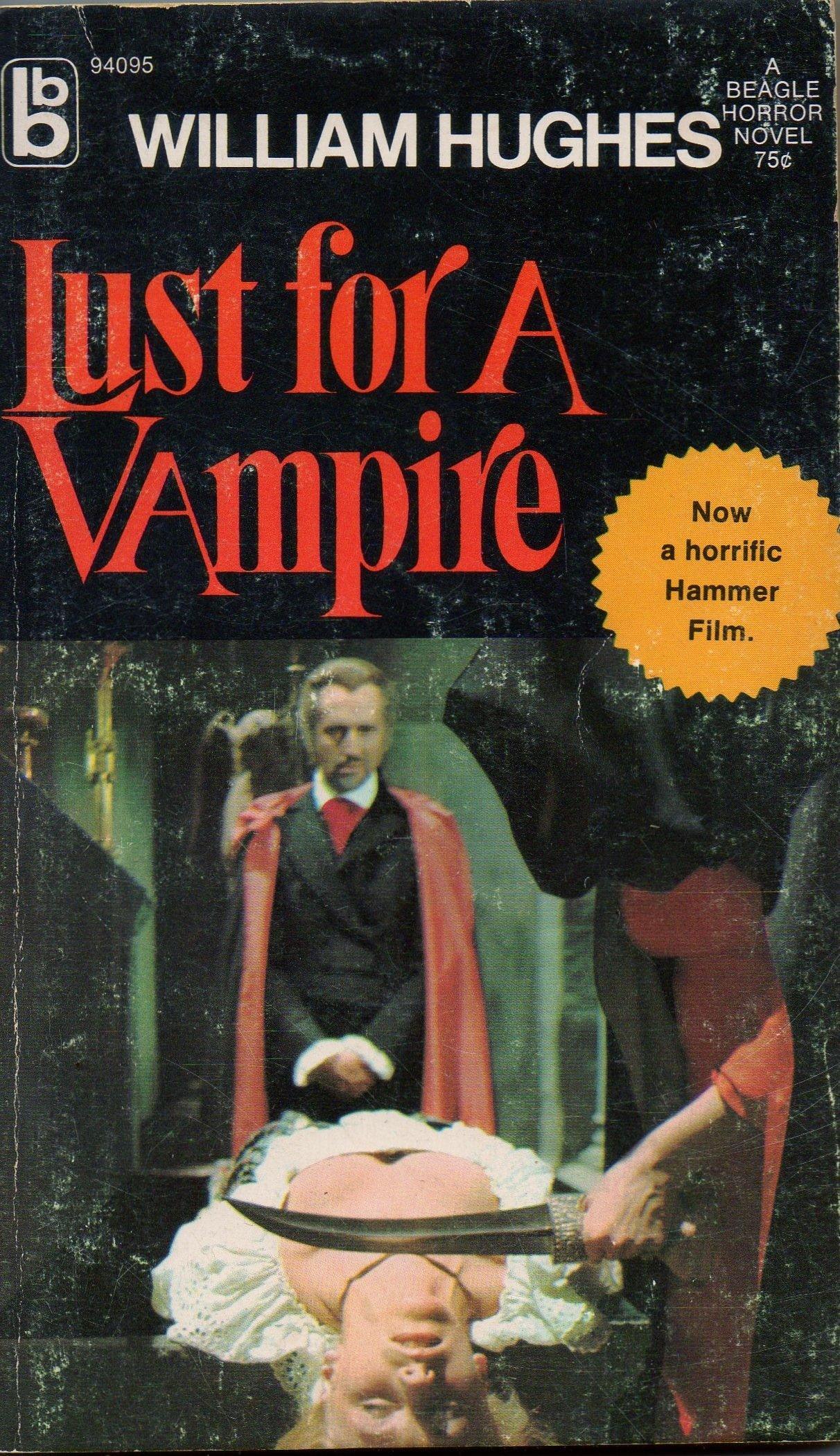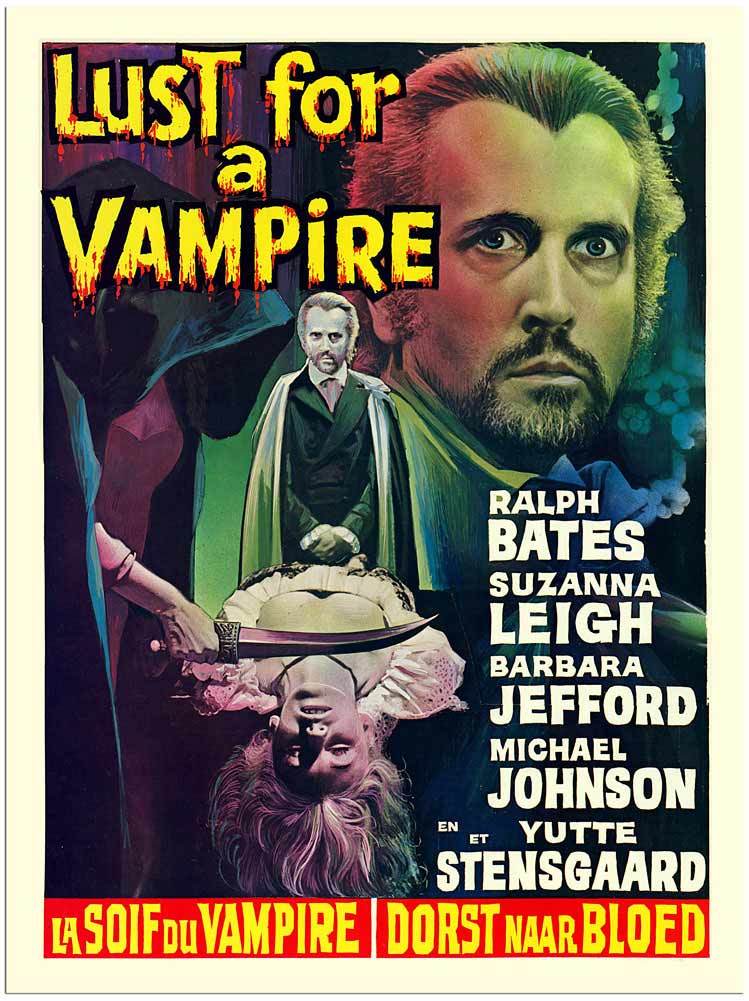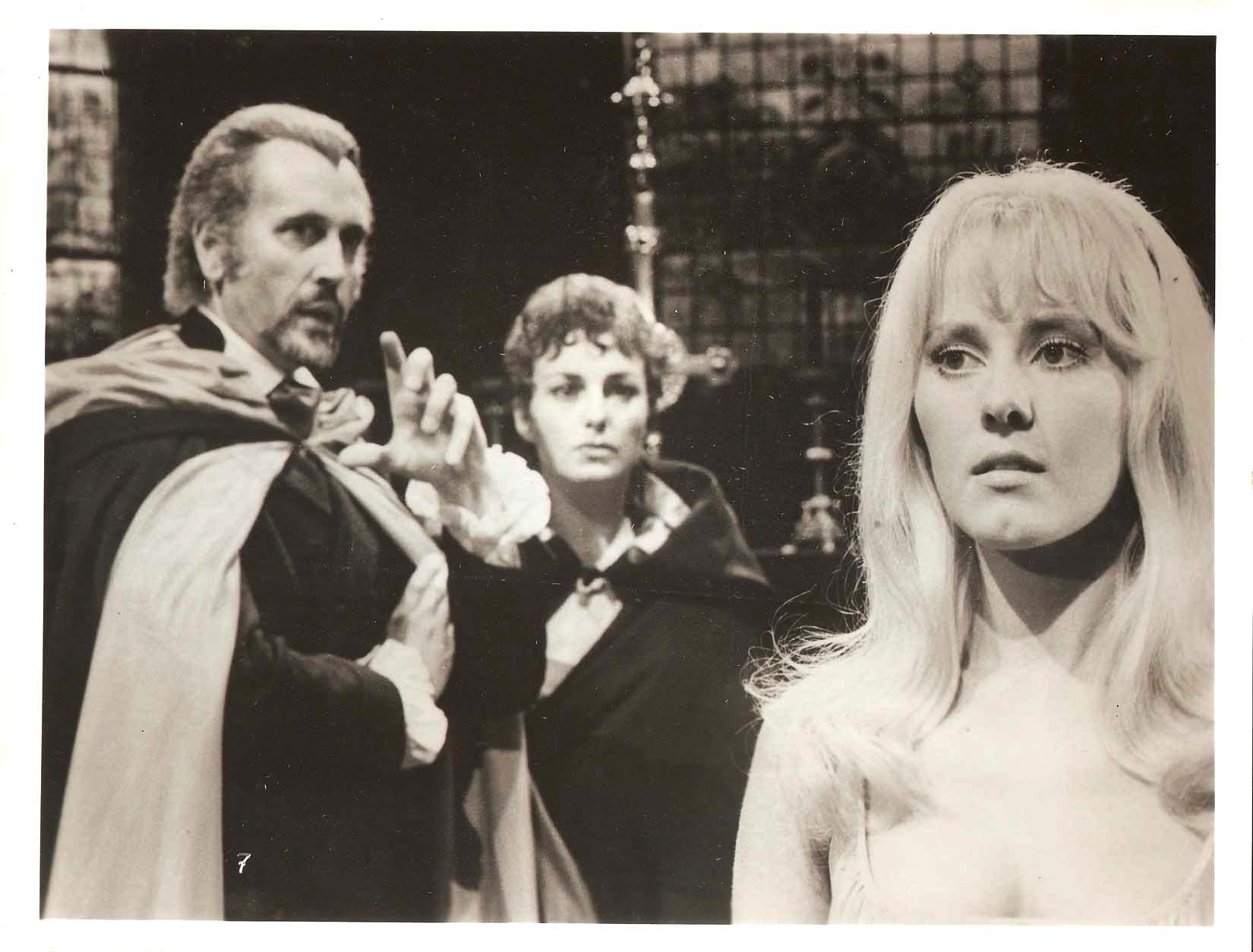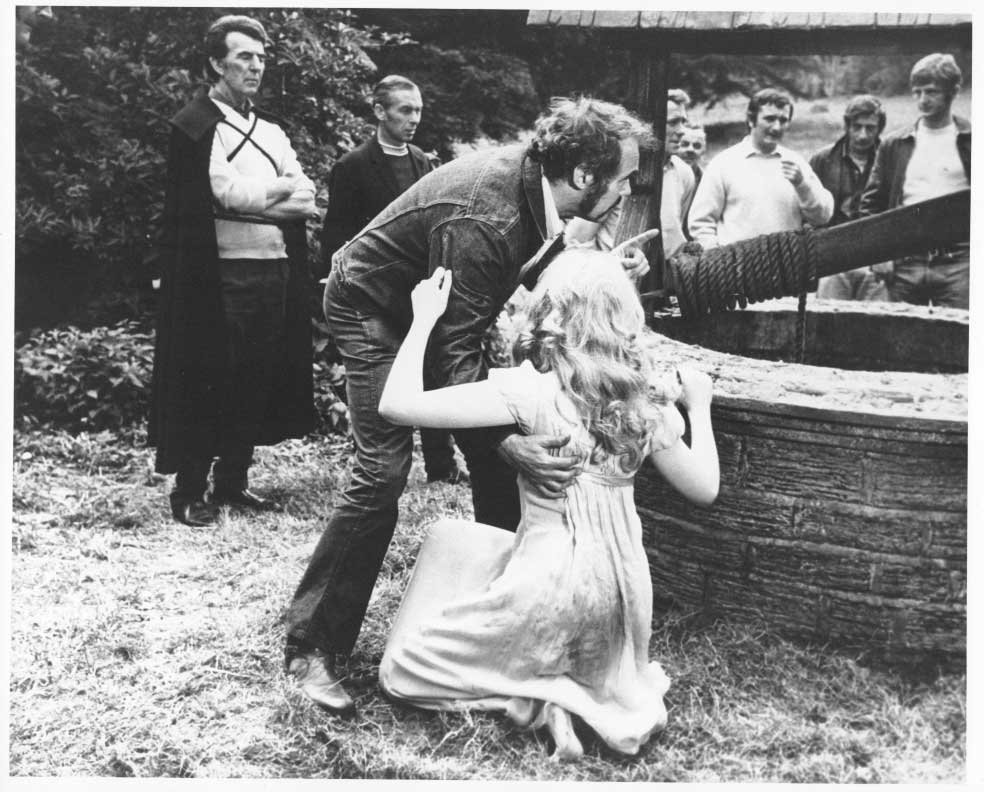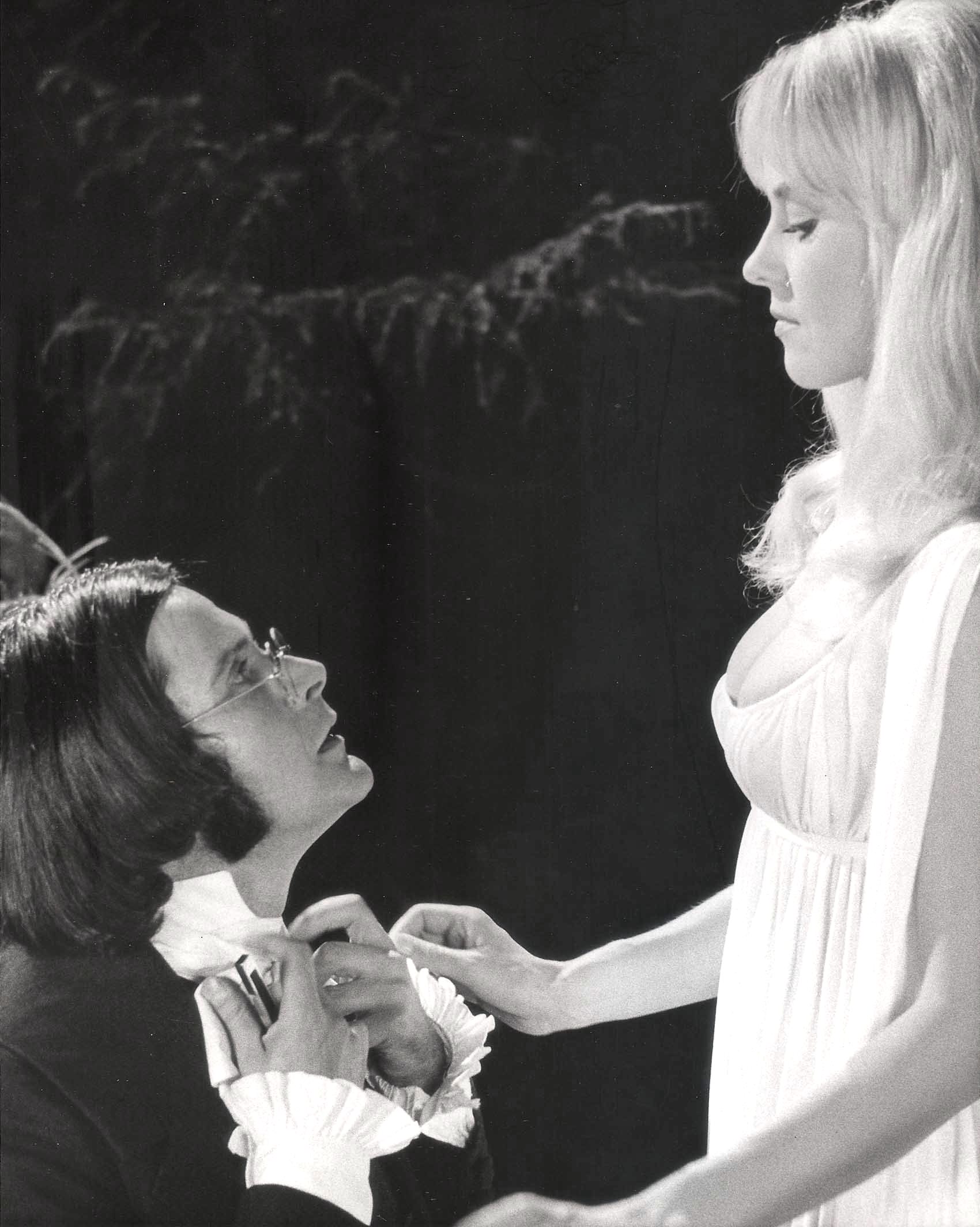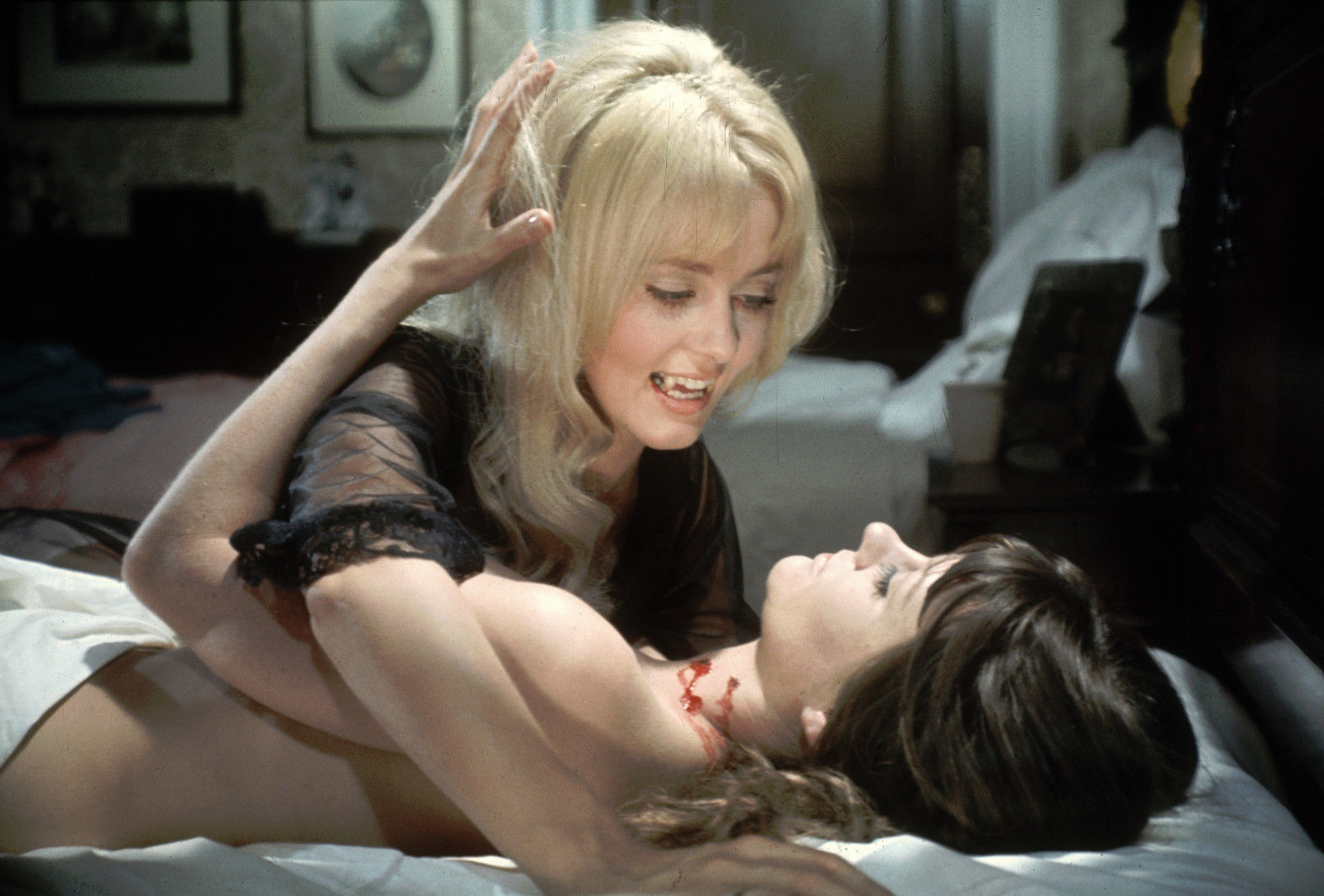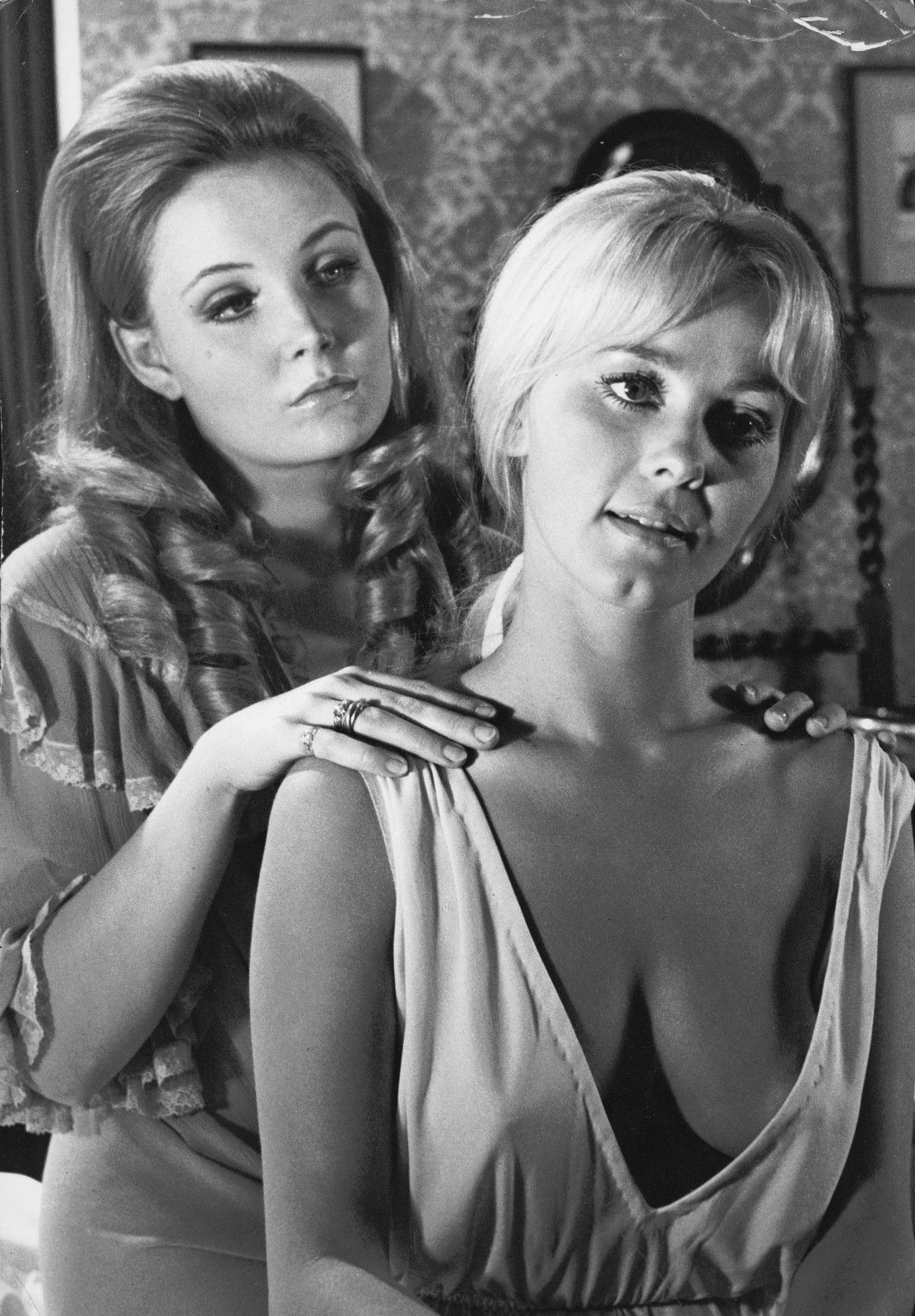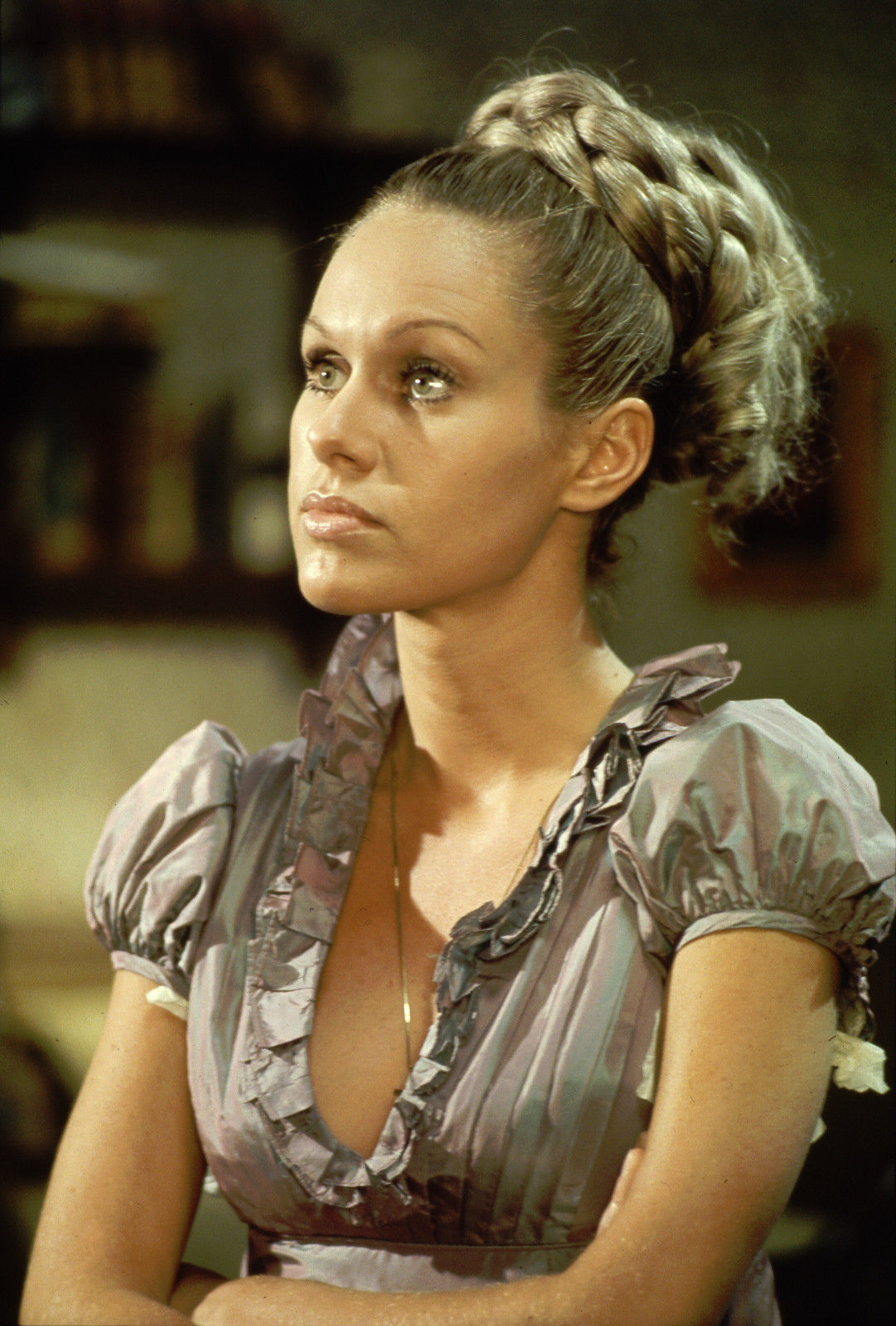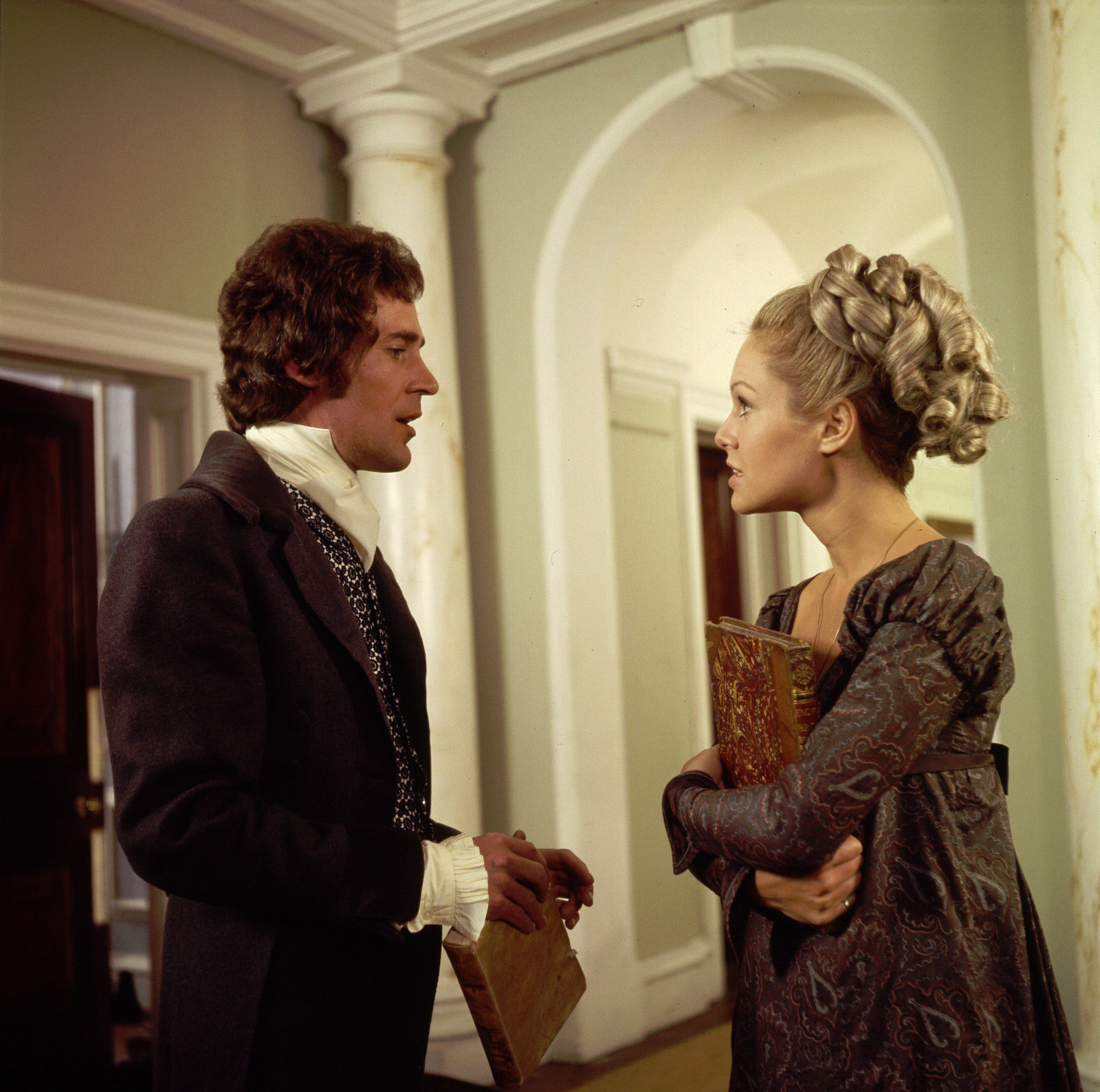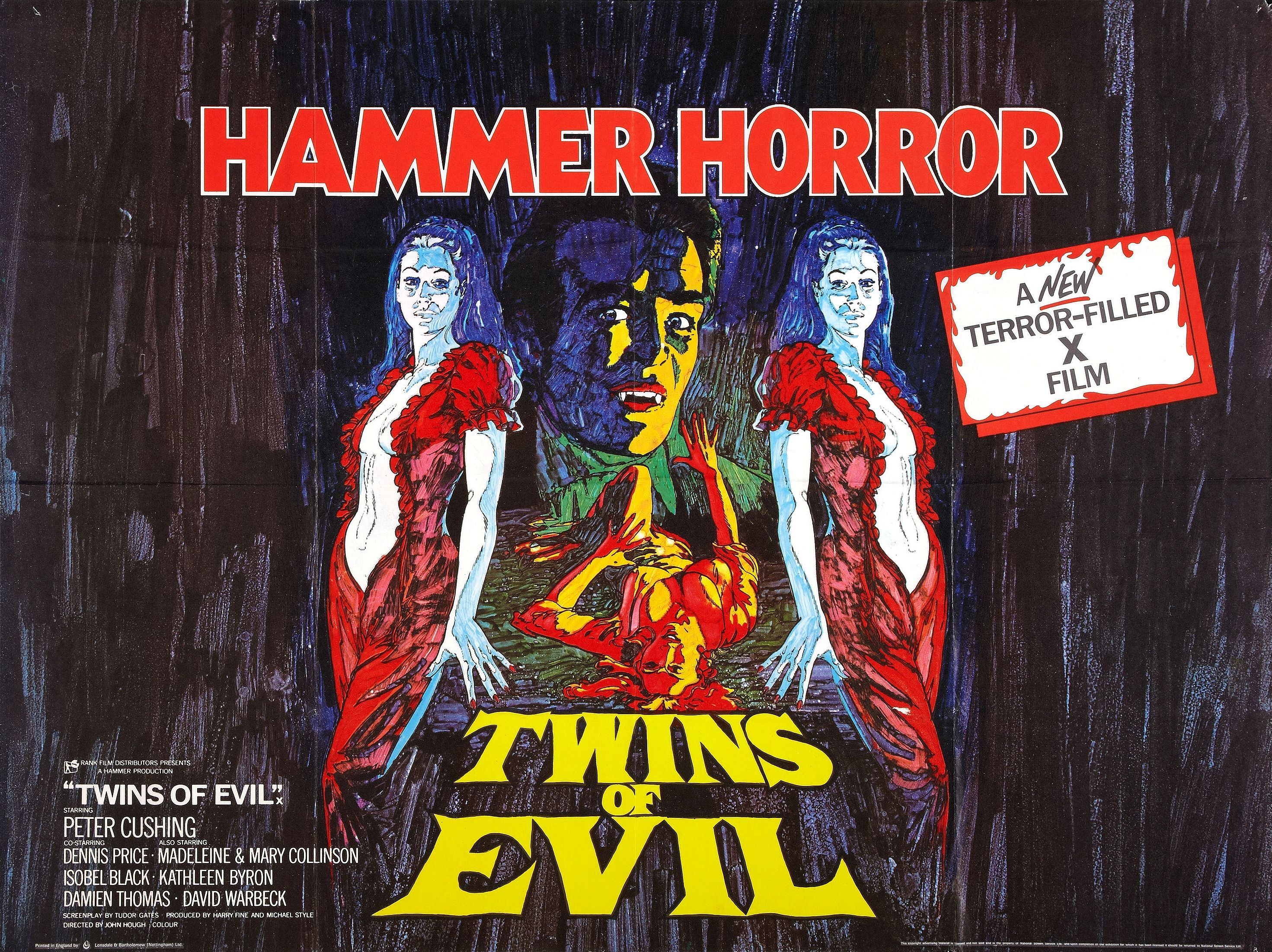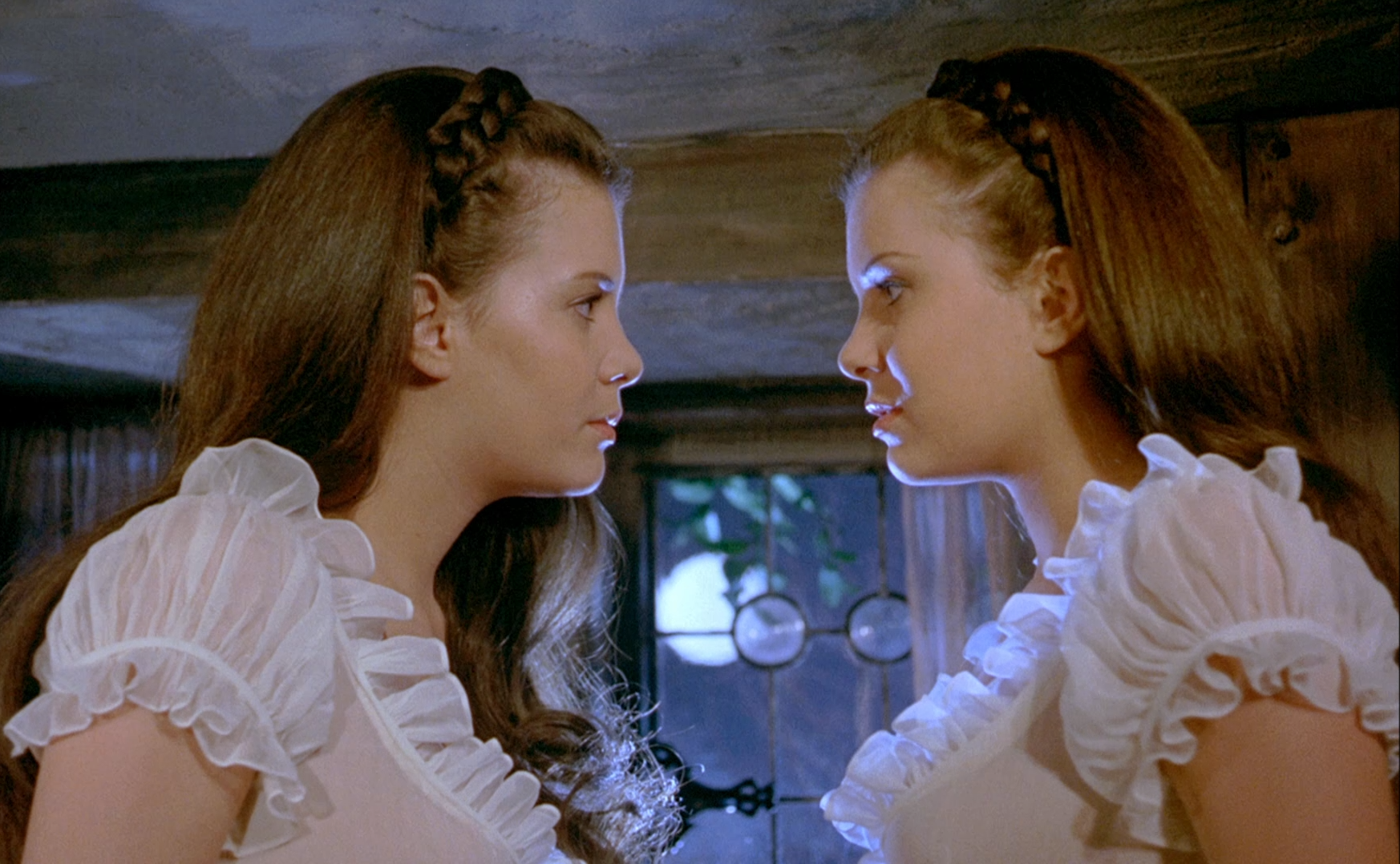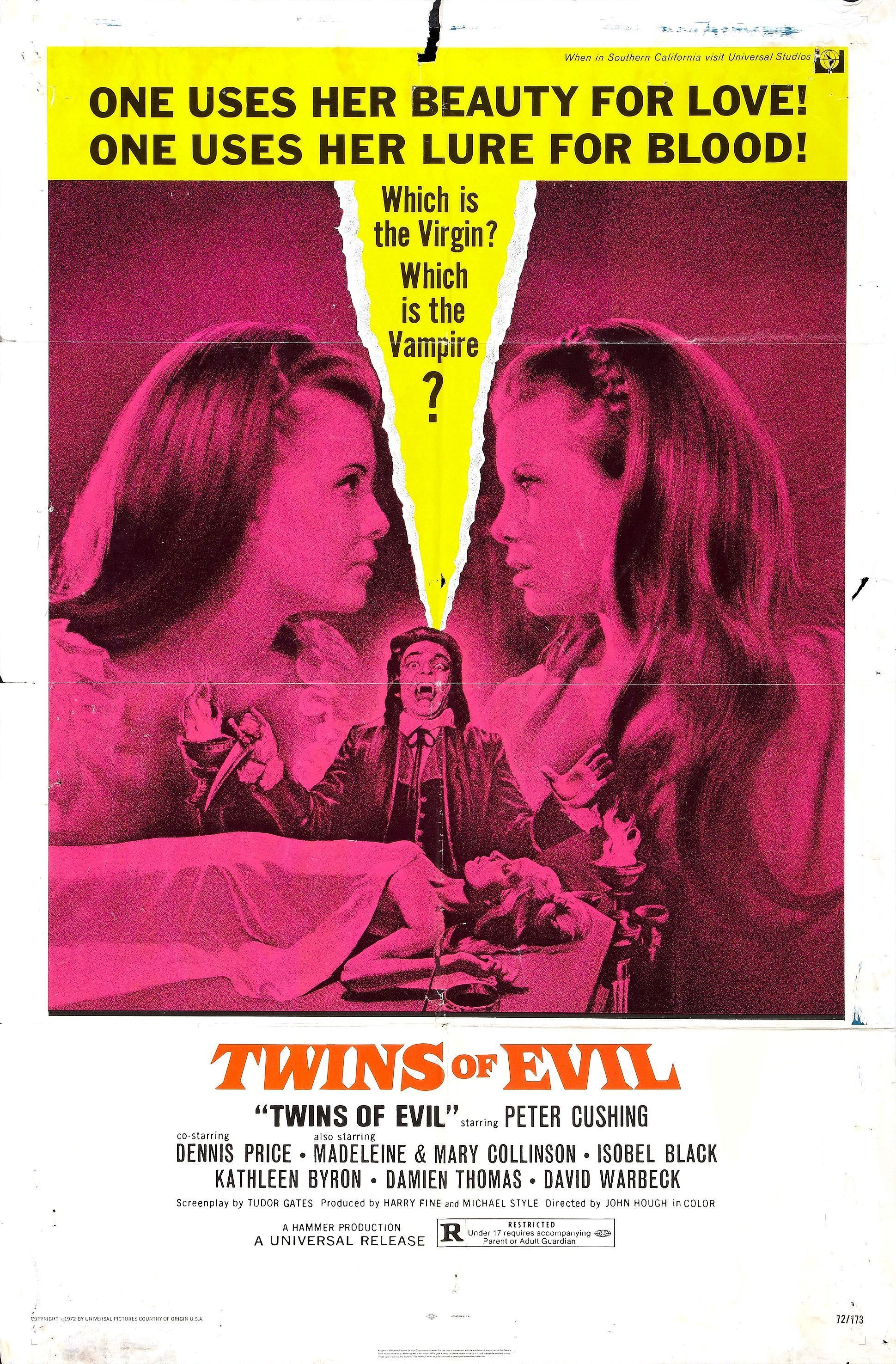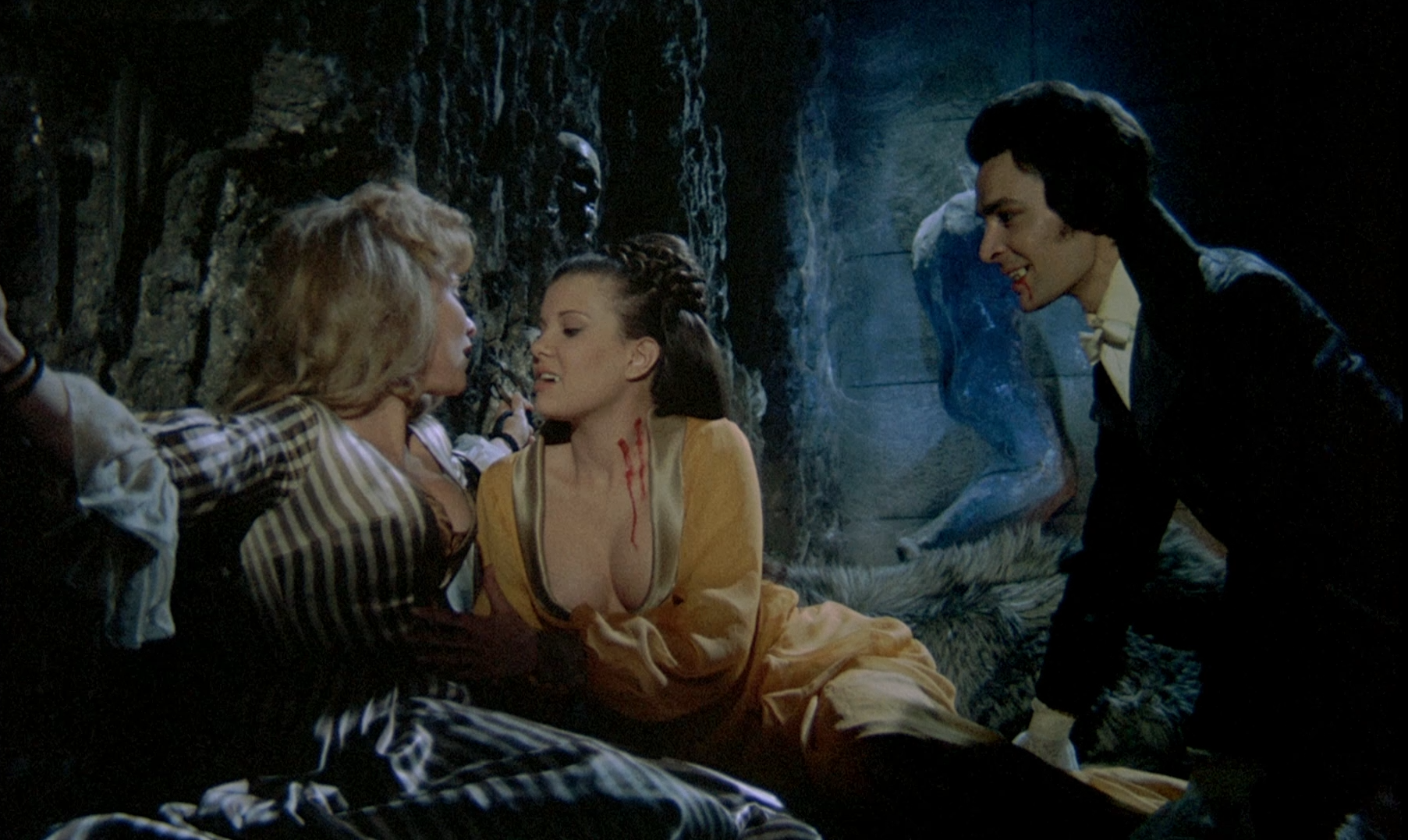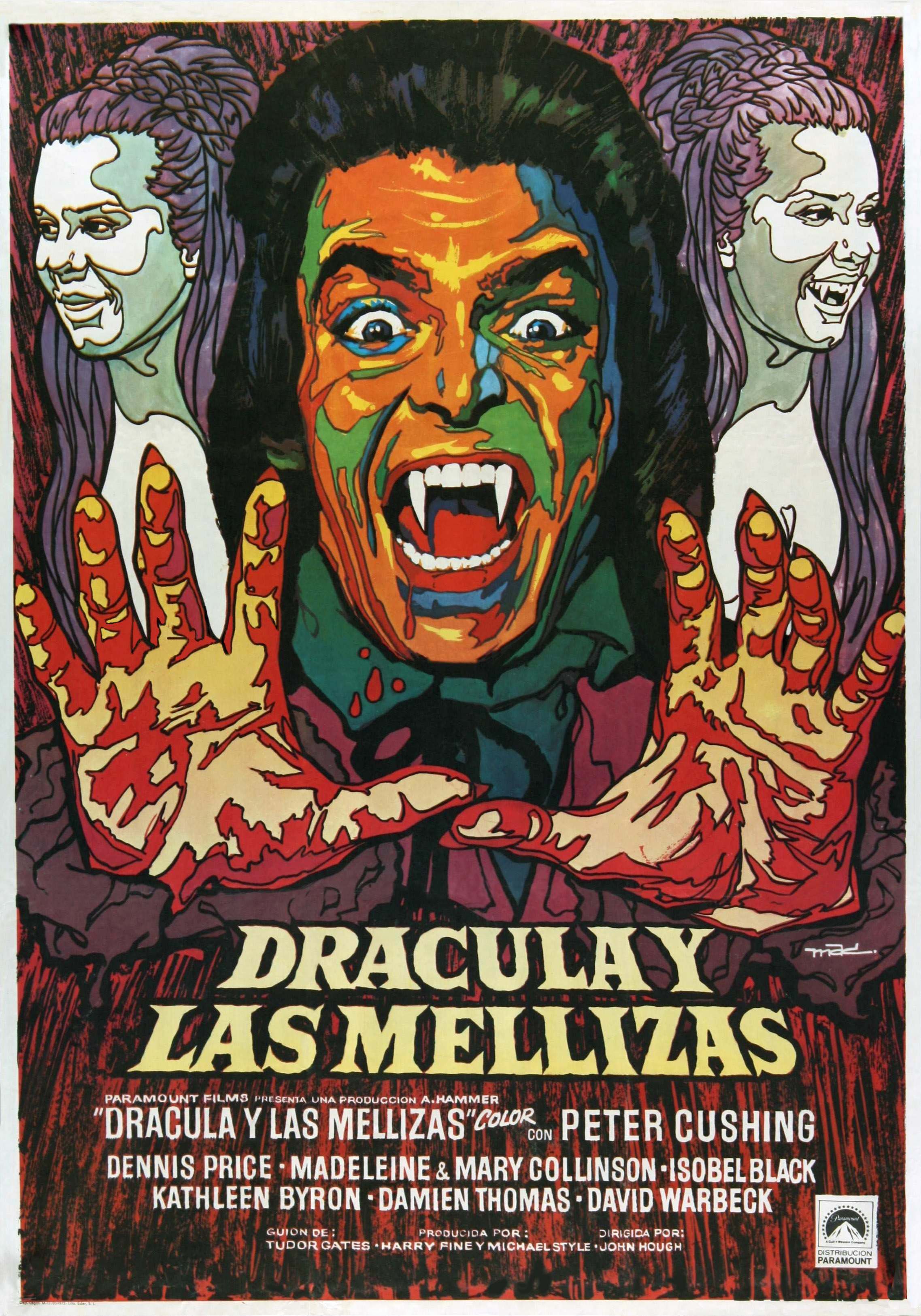Twenty five years before Bram Stoker introduced Dracula to the world, the Irish writer Joseph Sheridan Le Fanu published his gothic vampire novella “Carmilla”. First published in the magazine The Dark Blue and then in the author’s collection of short stories In a Glass Darkly the following year, it told the story of a young woman Laura who was particularly susceptible to the close attentions of a female vampire called Carmilla – later revealed to be Mircalla, Countess Karnstein (Carmilla is an anagram of Mircalla). Although, as you would expect from something written in the Victorian era, Carmilla’s sexuality is treated with the typical restrained manner of the time it’s obvious that there is a lesbian attraction between the vampire and Laura the narrator of the story.
Sometimes after an hour of apathy, my strange and beautiful companion would take my hand and hold it with a fond pressure, renewed again and again; blushing softly, gazing in my face with languid and burning eyes, and breathing so fast that her dress rose and fell with the tumultuous respiration. It was like the ardour of a lover; it embarrassed me; it was hateful and yet overpowering; and with gloating eyes she drew me to her, and her hot lips travelled along my cheek in kisses; and she would whisper, almost in sobs, “You are mine, you shall be mine, and you and I are one for ever. (“Carmilla”, Chapter 4).
Of course, as far as the film world is concerned, Carmilla was as never as popular and as famous as Bram Stoker’s vampire novel, but there have been a series of gothic vampire films based on Le Fanu’s novella including Blood and Roses by Roger Vadim and Crypt of the Vampire by Camillo Mastrocinque (using his Thomas Miller alias). Notably, however, Carmilla influenced The Karnstein Trilogy of vampire films produced by Hammer within twelve months of each other during 1970 and 1971.. All three movies were scripted by Tudor Gates (he co-wrote Barbarella and went on to write both for The Avengers and The Sweeney).
At the end of the sixties Hammer films were on the brink of bankruptcy and were in desperate need of a hit and the first of the trilogy Vampire Lovers, a surprisingly faithful adaptation of the Le Manu’s story, starred Ingrid Pitt as Carmilla Karnstein and the relatively subtle nudity and lesbianism helped the film to be a worldwide success, and, essentially, it saved the studio.
After the success of The Vampire Lovers, Hammer wasted no time in putting together a hastily and loosely related sequel into production. Ingrid Pitt this time turned down the lead role (she made Countess Dracula instead) and the part of Carmilla went to the Danish actress Yutte Stensgaard in the role of Countess Mircalla seducing and murdering her way through an exclusive girls’ school.
Twins of Evil, also made in 1971 (the three films were made within 12 months of each other), featured Damien Thomas as Mircalla’s descendant, the evil Count Karnstein. Mircalla herself, played by German actress Katya Wyeth, appears only briefly. The plot revolves around two sisters Maria and Frieda Gellhorn (played by twin Playboy Playmates Mary Collinson and Madeleine Collinson). It is often considered a prequel as it appears to be set earlier in time than the other two films: the film depicts the Karnstein family as living and the set design and costumes give the film a 17th-century look and feel.
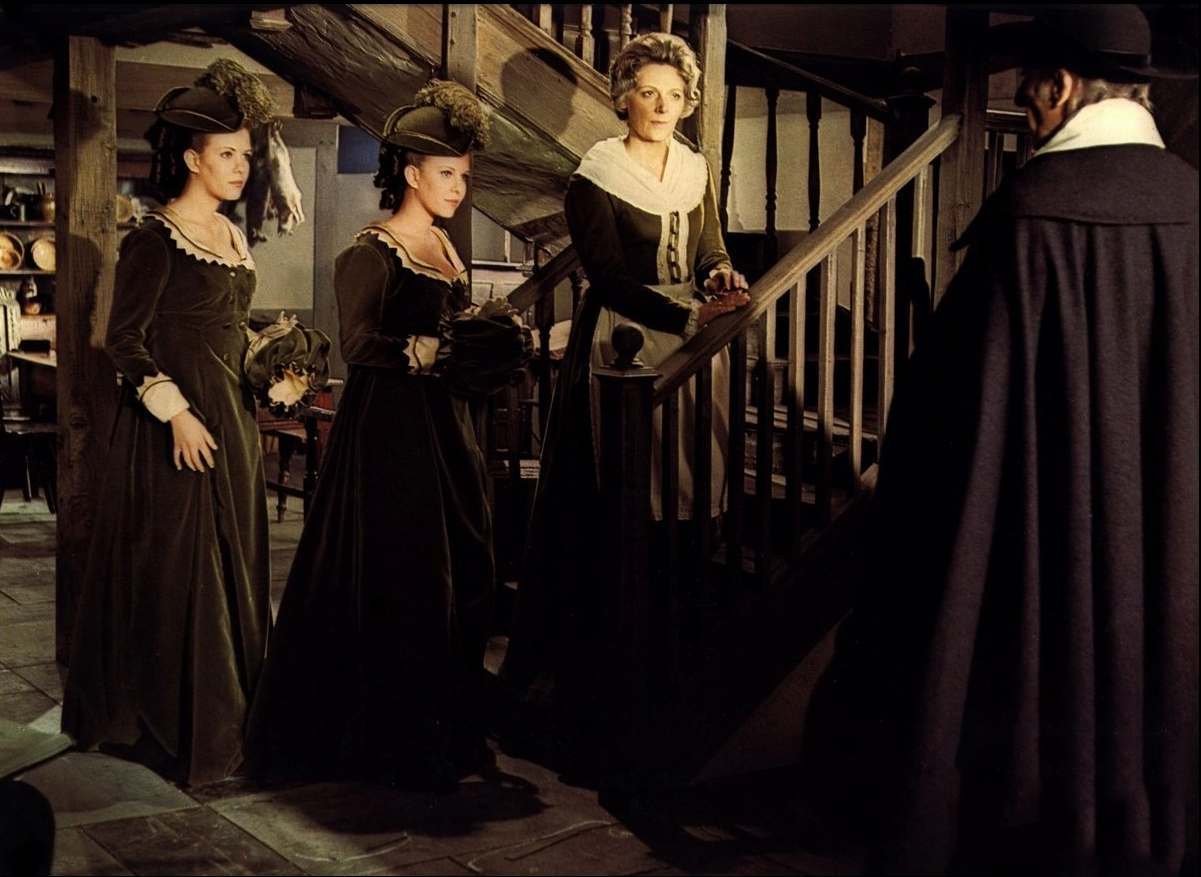
Peter Cushing Damien Thomas Mary and Madeleine Collinson Dennis Price ‘TWINS OF EVIL’ 1971 Directed by John Hough
Would you like to support Flashbak?
Please consider making a donation to our site. We don't want to rely on ads to bring you the best of visual culture. You can also support us by signing up to our Mailing List. And you can also follow us on Facebook, Instagram and Twitter. For great art and culture delivered to your door, visit our shop.
